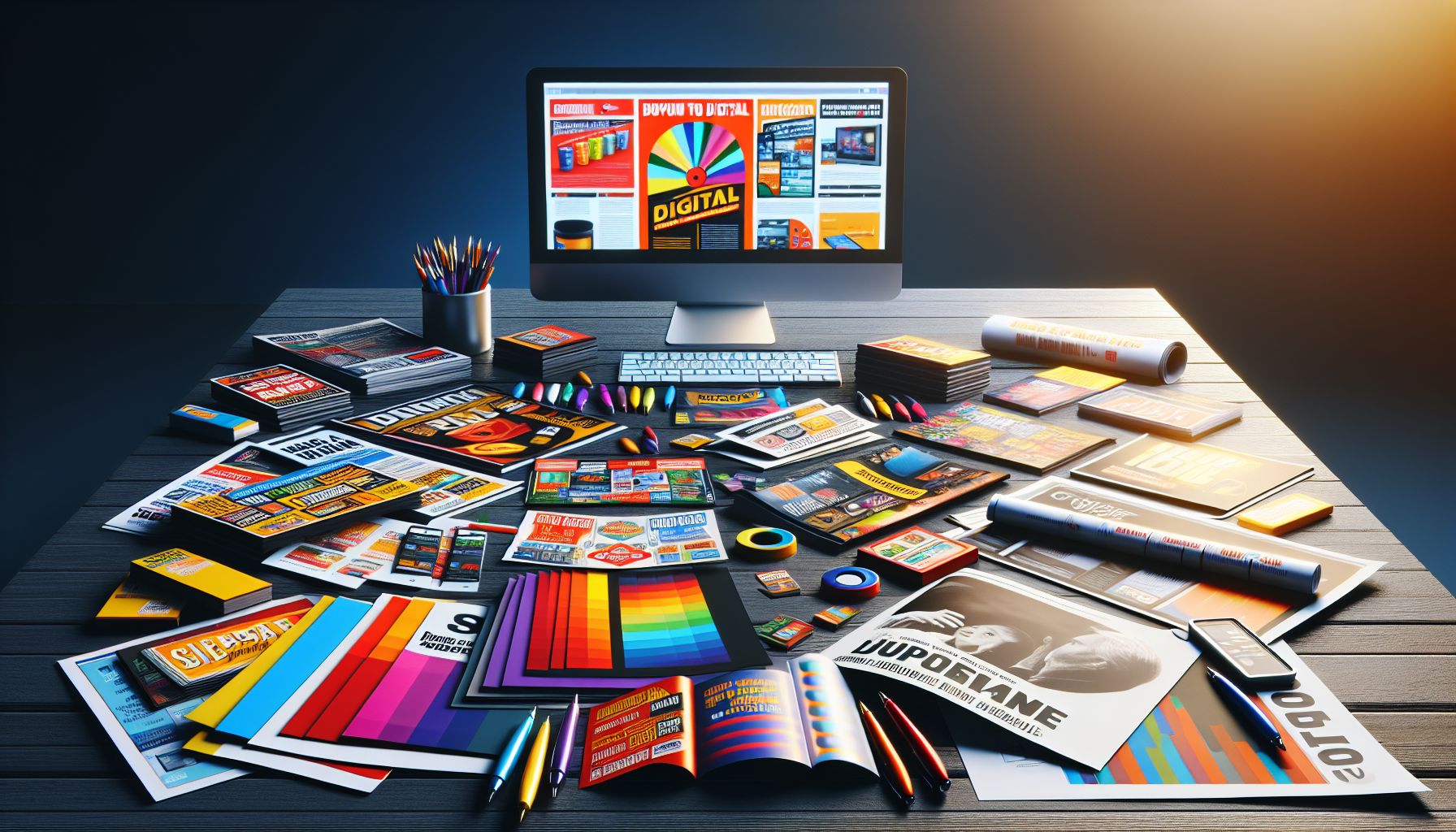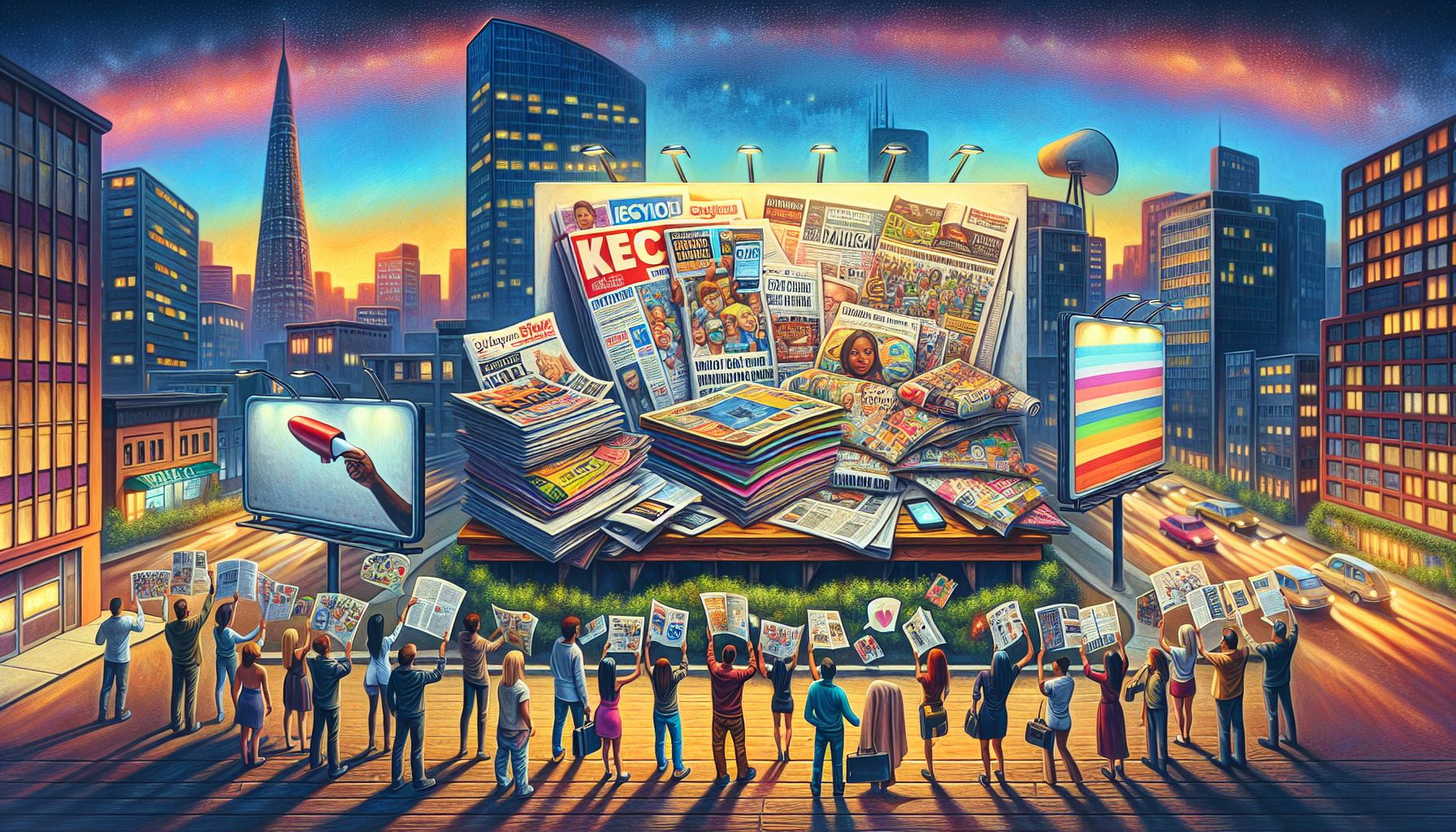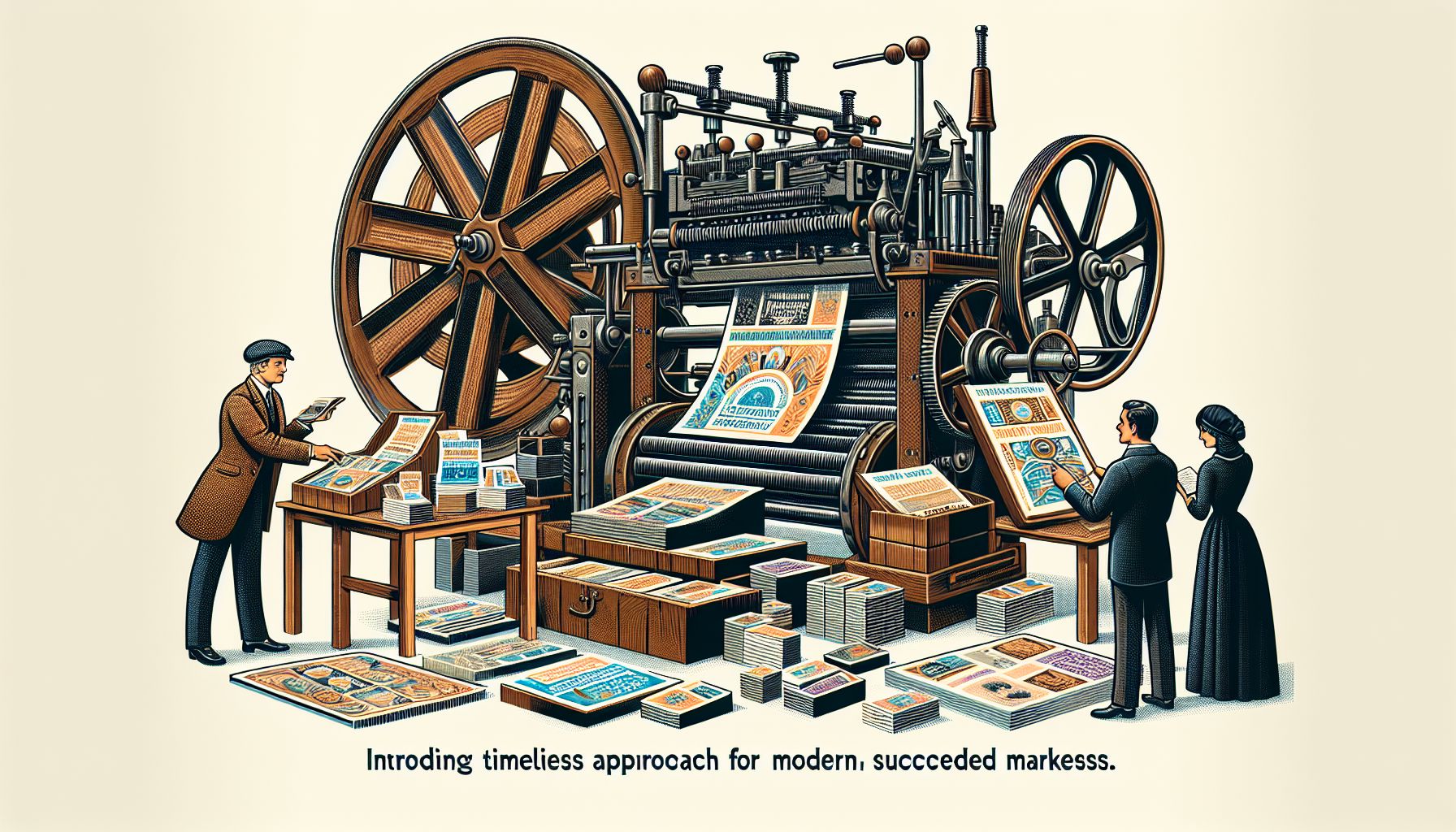In today’s fast-paced digital world, it’s easy to overlook the significance of printed marketing materials. With online advertising, social media campaigns, and email newsletters dominating the marketing landscape, many businesses question whether traditional forms of advertising still hold any value. However, experts argue that printed marketing remains a potent tool for attracting and retaining customers. In this article, we will explore the reasons why printed marketing is still relevant and how it can contribute to the success of your business.
Introduction
Printed marketing refers to any tangible promotional material that is physically printed and distributed. It includes brochures, flyers, business cards, posters, direct mail campaigns, and magazines, among others. While online advertising offers numerous advantages, such as wider reach and lower costs, printed marketing possesses certain unique qualities that can help businesses stand out in the increasingly digital world. Let’s delve deeper into these characteristics to understand why printed marketing is still a valuable strategy.
Body
1. Tangibility and Memorability
One of the primary advantages of printed marketing materials is their tangibility. Unlike online advertisements that can easily be scrolled past or forgotten, printed materials leave a physical impression on the consumer. For example, imagine receiving a beautifully designed brochure in the mail compared to an email newsletter. The tangible brochure is more likely to be picked up, examined, and remembered by the recipient.
Research shows that printed materials engage multiple senses, creating a stronger emotional connection with the audience. When people can physically touch and feel a marketing piece, it leaves a lasting impression on their minds. A well-designed brochure, for instance, can evoke positive emotions and memories associated with your brand, enhancing brand recall and recognition.
2. Credibility and Trust
In an era dominated by skepticism and fake news, printed marketing materials can help establish credibility and trustworthiness. Studies show that consumers perceive print advertisements as more trustworthy compared to digital ads, which are often associated with intrusive pop-ups and spam emails.
Printed materials, such as magazines or well-designed catalogs, also lend a certain level of professionalism and authority to your brand. The effort put into crafting high-quality printed materials conveys a sense of dedication and reliability. This can significantly enhance your brand’s image and create a favorable impression among potential customers.
3. Targeted Reach
While digital marketing offers a wide reach, printed marketing materials can help businesses target specific audiences effectively. Direct mail campaigns, for instance, allow you to customize and send your message directly to potential customers in a specific location or demographic.
By analyzing data on customer preferences and behavior, businesses can easily segment their audience and tailor their printed marketing materials accordingly. This personalization can increase the chances of your message resonating with the recipients and driving them to take action.
4. Brand Awareness and Recall
Printed marketing materials play a crucial role in building and strengthening brand awareness. Well-designed business cards, for example, leave a lasting impression on individuals who may need your product or service in the future. Similarly, displaying posters or banners at relevant events or high-traffic areas can help increase visibility and attract potential customers.
Furthermore, the physical nature of printed materials allows for repeated exposure. Customers can keep brochures or magazines, refer back to them whenever needed, and share them with others. This repetition reinforces brand recall and increases the likelihood of your business being top-of-mind when customers are ready to make a purchase.
5. Personalization and Engagement
Printed materials provide an excellent opportunity for businesses to personalize their marketing efforts. From customized direct mail campaigns to personalized thank you cards, there are countless ways to make printed marketing materials feel tailored to individual customers.
Moreover, printed materials often require physical interaction, which inherently increases engagement. Whether it’s flipping through a catalog or writing notes on a brochure, customers spend more time engaging with printed materials compared to their digital counterparts. This increased engagement can result in a deeper understanding of your brand, products, or services, leading to higher conversion rates.
6. Stand Out from the Digital Noise
With online platforms overflowing with advertisements and promotional emails, printed marketing materials offer a refreshing change of pace. By leveraging printed marketing in your overall strategy, you can cut through the digital noise and capture the attention of your target audience.
Imagine walking into a trade show where most exhibitors rely solely on digital displays. When someone approaches your booth, they are handed a beautifully designed brochure and a branded pen. Not only will this set you apart from your competition, but it also leaves a lasting impression on attendees who are likely to explore your offerings further.
Conclusion
In a world where digital marketing dominates the advertising space, printed marketing materials continue to carve out their place. Their tangibility, credibility, targeted reach, and ability to create lasting brand impressions make them a valuable addition to any marketing strategy. By leveraging printed marketing materials alongside digital initiatives, businesses can stand out from the competition, increase brand awareness, and create meaningful connections with their customers.
While the marketing landscape continues to evolve, it’s essential not to disregard the power of printed marketing. By combining the unique qualities of printed materials with digital strategies, businesses can maximize their impact and ensure a well-rounded advertising campaign. So, don’t underestimate the value of printed marketing – it still holds tremendous potential for creating memorable experiences and driving business success.…
Read More








